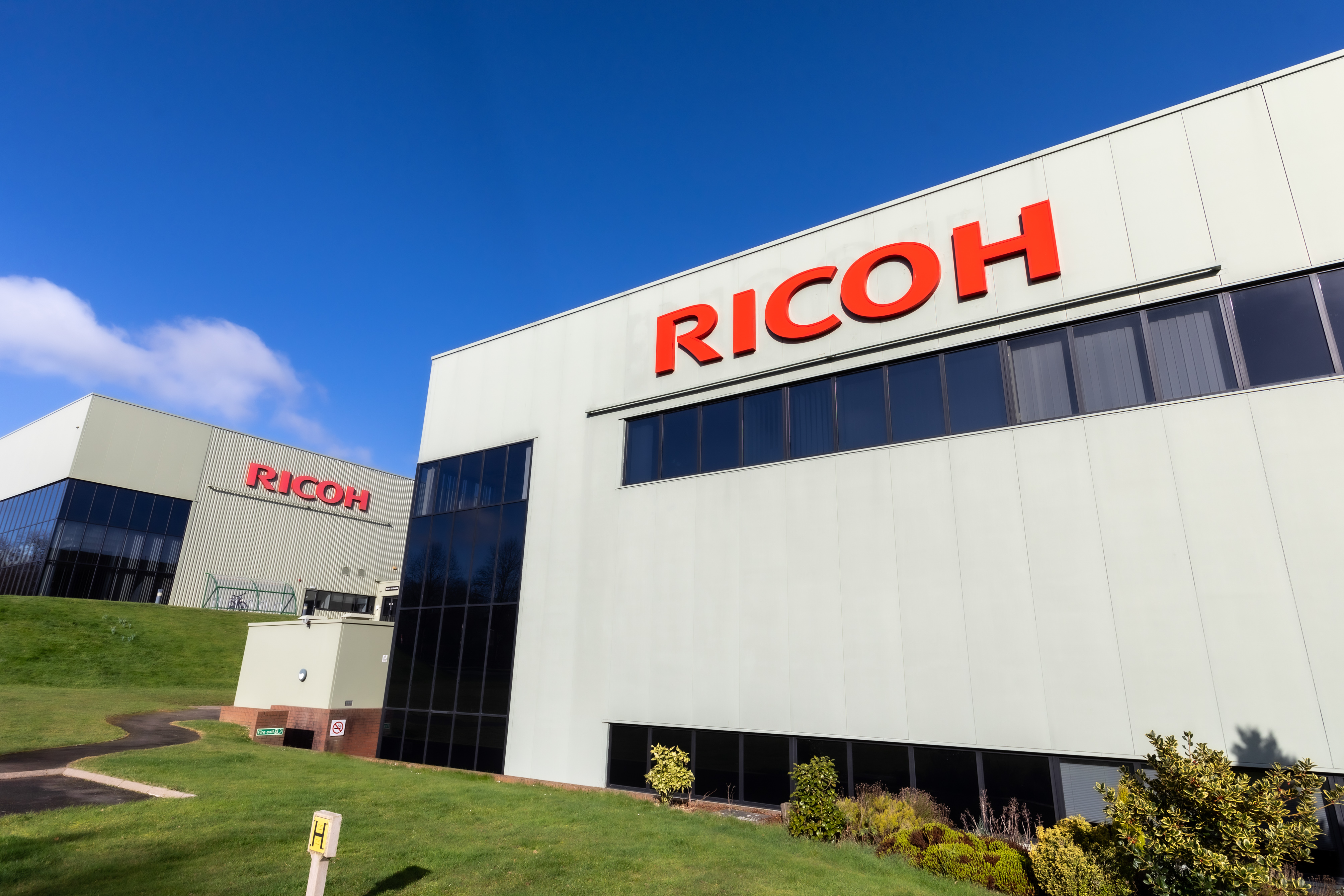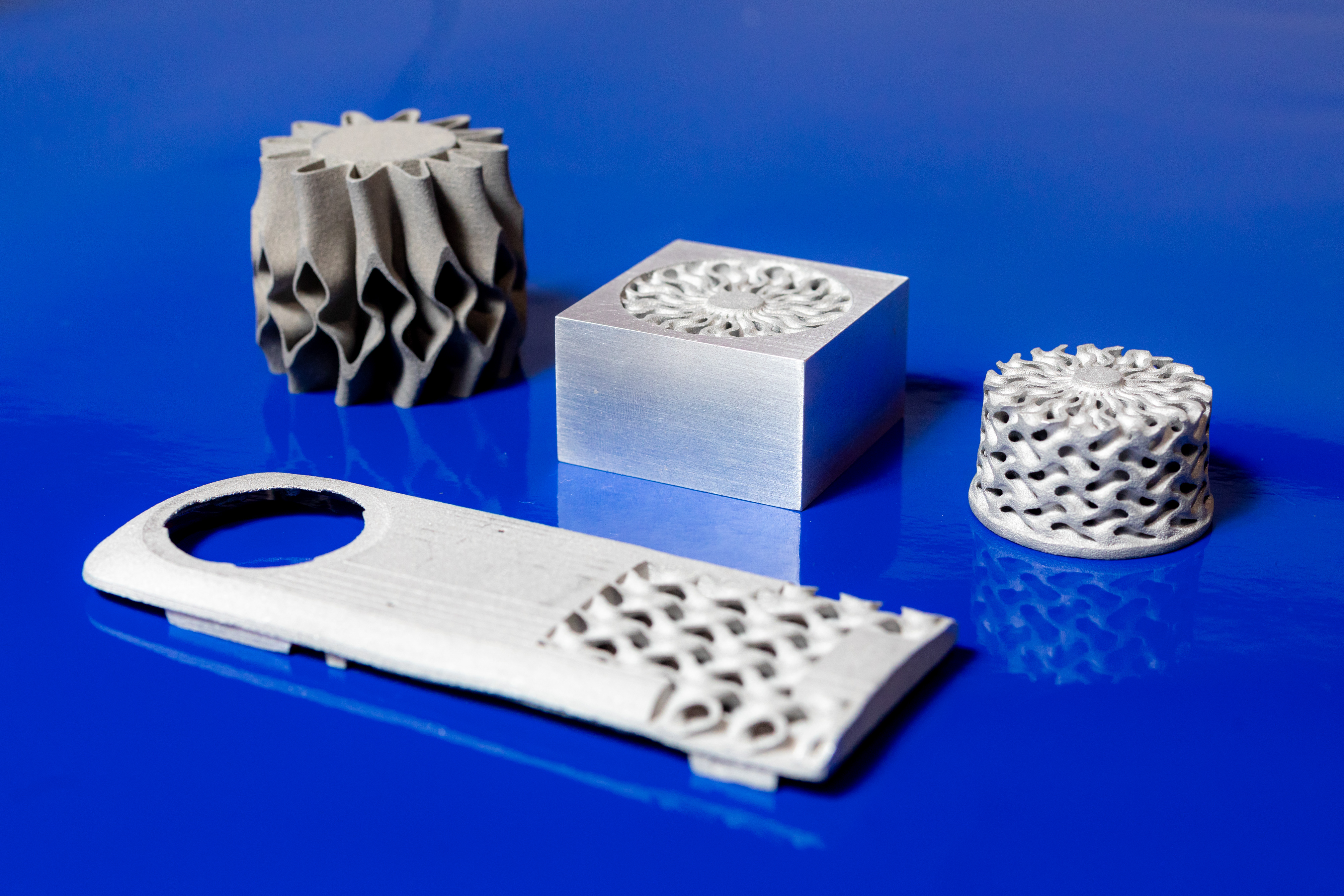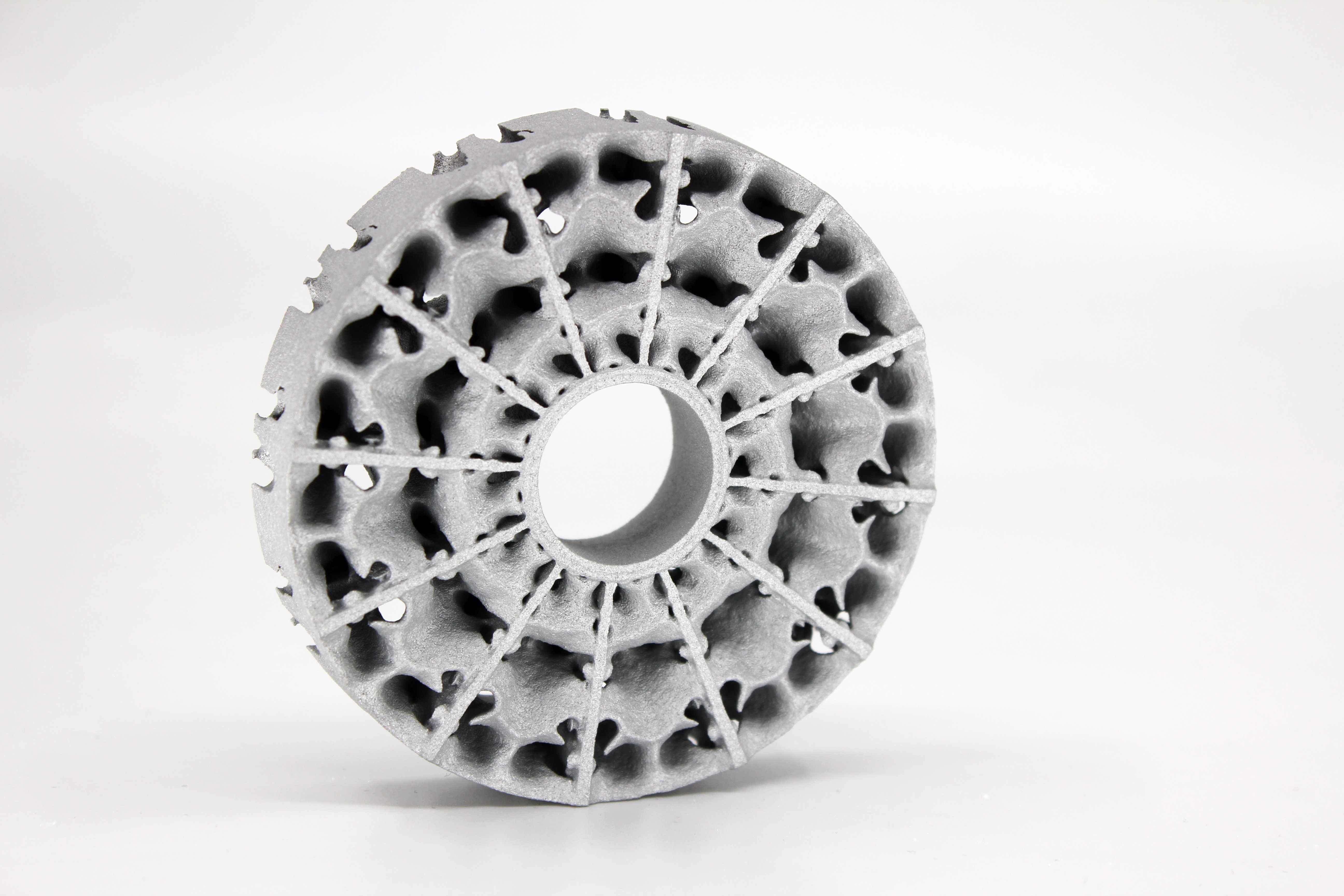Ricoh Company, Ltd. has announced that RICOH and Siemens Digital Industries Software, a world-leading provider of product lifecycle management and manufacturing operations management software, have started collaboration to realise the industrial aluminium binder jetting (BJT) solution for mass production.
RICOH is leveraging Siemens’ Additive Manufacturing Network (Siemens’ AMN) capabilities to maximise the efficiency of the process and to achieve the scale required to take advantage of BJT in an industrial setting. Additionally, RICOH is implementing the Additive Manufacturing Network solution at Ricoh UK Products Ltd– The Home of Ricoh 3D, to optimise the aluminium BJT workflow for production preparation, planning, scheduling, and production management with less effort.

RICOH has also implemented Siemens’ Brownfield Connectivity and has begun collecting and storing information on each process necessary for quality stabilisation and production control. Siemens will continue to provide RICOH with solutions optimised for the aluminum BJT workflow, and both companies aim for early commercialisation of these technologies.
RICOH’s proprietary binder jetting technology applies the company’s leading inkjet printing technology and expertise to enable the production of metal parts with more complex shapes that would not be possible with conventional metal processing methods such as machining and casting. RICOH’s implementation of BJT technology will allow the manufacture of parts using a layer-by-layer approach, where RICOH’s aluminium-alloy powder is deposited, solidified where needed using a specially formulated binder using RICOH’s inkjet printing technology to build the components required. Once complete, the ‘green’ form is then sintered in a furnace to create a cohesive, end-use component that can be used as is or enter a downstream post-processing chain.
RICOH has positioned the “realisation of a zero-carbon society” as one of its material issues. The organisation aims to achieve zero GHG emissions throughout its entire value chain, enabling customers to develop highly energy-efficient products by using Ricoh's 3Dprinters, thereby contributing to the realisation of a zero-carbon society.

“The production of aluminium parts is a ‘holy grail’ for the additive industry and we’re delighted that RICOH has chosen the Siemens’ Additive Manufacturing Network capabilities from the Siemens Xcelerator portfolio of industry software to help them commercialise a much sought after process,” said Zvi Feuer, Senior Vice President, Digital Manufacturing Software, Siemens Digital Industries Software.
“Our collaboration with RICOH will apply its expertise in additive manufacturing with our knowledge and experience in delivering additive-specific operations management technology across a wide spectrum of industries – from order capture, through production planning, manufacturing, to part delivery transaction closure.
“Together, Siemens and RICOH are working to deliver repeatability and consistency at the scale needed to truly take advantage of using robust and repeatable aluminium additively manufactured parts in the commercial world.”
Tokutaro Fukushima, General Manager of Additive Manufacturing Business Center, Ricoh Futures Business Unit (BU), Ricoh Company, Ltd., said: “RICOH will enable our customers to manufacture innovative aluminium components that have never been produced before with aluminum BJT, and will work with them to realise new customer value in the area of electrification of electric vehivles (EVs), other forms of mobility, and more.

“By combining Siemens' powerful solutions and knowledge with RICOH's aluminum BJT, we will be able to provide our customers with highly reliable and convenient systems for mass production applications.”
He added: “We hope to promote electrification together with our customers and contribute to solving social issues such as the realisation of a zero-carbon society.”

